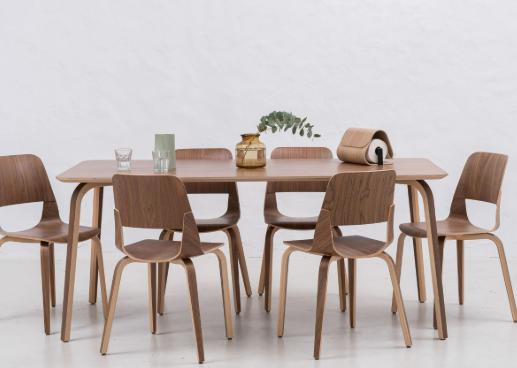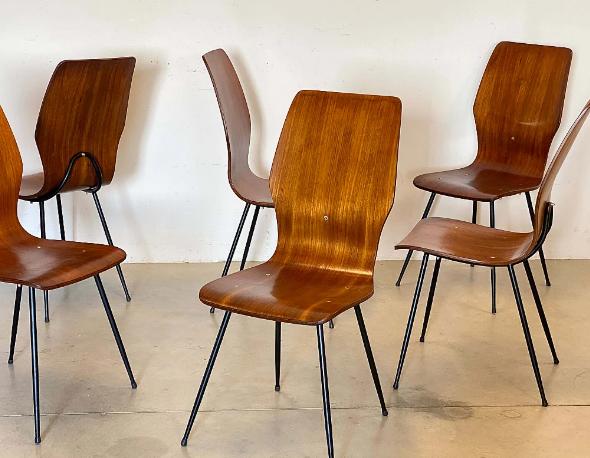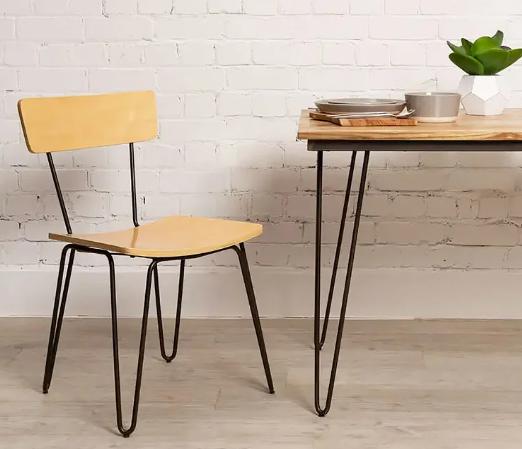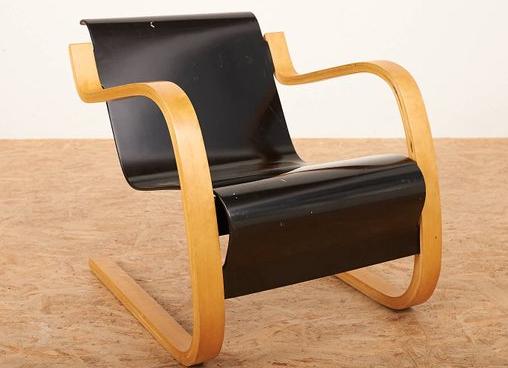 Nov 23, 2025
Nov 23, 2025
 Calvin Wong
Calvin Wong
 9
9
Plywood has become one of the most versatile and design-driven materials in the modern furniture industry. Its layered composition provides an impressive balance of stability, flexibility, and lightweight performance—qualities that are especially valuable in dining chair construction. As contemporary interiors continue to favor clean lines, organic forms, and sustainable choices, plywood dining chair frames have found their way back into the spotlight.
In this article, we explore ten modern dining chair designs that showcase the beauty, strength, and creativity of plywood. Whether you are a homeowner, interior designer, furniture maker, or retailer, these styles highlight what makes plywood a top choice in today’s dining spaces.

The Scandinavian design aesthetic has long celebrated simplicity, functionality, and natural materials. Plywood fits this philosophy perfectly. In modern Scandi dining chairs, the frame is often slender, lightly curved, and paired with warm wood veneers such as ash, birch, or oak.
Key features
Clean, minimal silhouettes
Ergonomic curved backs
Light natural finish
Focus on comfort without embellishment
Why it works
The layered structure of plywood allows designers to create chairs that are visually light but structurally strong. They blend effortlessly into modern apartments, Nordic-style dining rooms, or any interior favoring a soft, airy look.

Bent plywood is iconic in mid-century modern furniture. Designers like Charles and Ray Eames made the technique famous, demonstrating how plywood can be molded into flowing, organic forms. Today’s designers continue to reinterpret this classic look.
Key features
Continuous curves created through steam-bending or mold-pressing
Visible wood grain for warm visual texture
Slightly tapered legs that convey elegance
Why it works
The fluid forms made possible by plywood create timeless silhouettes. These chairs suit retro-inspired spaces, eclectic interiors, or contemporary homes that appreciate a touch of mid-century charm.

Industrial style is known for its raw materials—metal, concrete, and rugged wood textures. When combined with plywood, the result is a dining chair that balances strength with warmth.
Key features
Plywood seat and frame paired with powder-coated steel
Exposed screws or hardware as intentional design elements
Dark walnut or smoked wood veneer finishes
Why it works
The hybrid construction enhances durability while maintaining a modern, urban aesthetic. These chairs work beautifully in loft apartments, industrial kitchens, and modern farmhouse dining rooms.

Cantilever chairs eliminate rear legs and rely on engineered strength to support the sitter. Plywood’s flexibility makes it ideal for the slight bounce and suspension that cantilever designs require.
Key features
Sleek, forward-leaning silhouette
Slight give when weight is applied
Often paired with chrome or tubular steel bases
Why it works
The combination of modern aesthetics and ergonomic comfort creates a chair that is equal parts stylish and practical. It’s ideal for minimalist interiors, long dining sessions, or work-from-dining-table setups.

Japanese interior design emphasizes calmness, natural materials, and low-key elegance. Plywood chairs inspired by this tradition often feature low profiles, subtle curves, and refined craftsmanship.
Key features
Low backrests or slatted design
Warm wood tones with matte finishes
Simple joinery and balanced proportions
Why it works
The understated beauty of these chairs adds serenity to any dining space. Their quiet presence complements wabi-sabi, minimalist, and Japandi interiors.
Advances in CNC cutting and 3D mold-pressing have allowed designers to create complex, sculptural forms using plywood. These chairs often look more like art pieces than traditional seating.
Key features
Organic, flowing shapes
Smooth transitions between seat and back
High-precision molding and edge detailing
Why it works
These designs make a bold visual statement while maintaining durability. They suit gallery-like living spaces, contemporary dining rooms, or homes that favor avant-garde furnishings.
Plywood frames offer the perfect foundation for upholstered dining chairs. The seat and back can be softened with foam and fabric or leather while the plywood frame provides structural reliability.
Key features
Plywood internal frame with customizable upholstery
Curved or tapered silhouettes
Options for velvet, faux leather, linen, or performance fabric
Why it works
You get the comfort of an upholstered chair with the stability and longevity of a plywood structure. These designs are great for modern family dining rooms or hospitality settings.
For compact apartments, cafés, and event spaces, stackable chairs offer convenience without sacrificing style. Plywood’s lightweight yet strong nature makes it ideal for stackable solutions.
Key features
Lightweight frame
Nesting or stackable design (4–8 chairs high)
Vent cutouts for grip and airflow
Why it works
These chairs maximize functionality while maintaining a clean, modern appearance. They are perfect for multi-purpose dining rooms, restaurants, and small homes.
Some of the most forward-thinking modern chairs rely on geometric concepts—angled legs, sharp lines, and architectural silhouettes. Plywood’s structural consistency makes it ideal for precise cuts and clean geometric forms.
Key features
Angular frames with defined edges
Mixed flat and curved surfaces
Often finished with clear matte lacquer to highlight form
Why it works
This style adds a sophisticated and sculptural element to a dining area. It resonates with modern architecture, minimalist interiors, and contemporary art lovers.
As sustainability becomes a priority, designers are focusing on responsible materials and efficient manufacturing processes. Many modern plywood dining chairs now use FSC-certified wood, low-VOC finishes, and waste-reducing production methods.
Key features
Eco-certified hardwood veneers
Water-based adhesives or low-formaldehyde resins
Designs optimized for minimal off-cut waste
Why it works
These chairs appeal to environmentally conscious homeowners looking for responsible products without compromising aesthetics.
Across these ten categories, one theme is clear: plywood offers a rare combination of beauty, strength, and design freedom. Here’s why designers are choosing it more than ever:
Plywood’s cross-grain layers provide exceptional structural integrity without unnecessary weight.
Plywood can be molded or bent into shapes impossible for solid wood, enabling ergonomic and sculptural designs.
Compared to solid hardwood, plywood offers premium aesthetics at a more affordable price.
Less waste, efficient use of thin veneers, and widespread certification programs make plywood an eco-friendly choice.
Its clean lines, warm wood texture, and smooth curves complement the contemporary interior styles that dominate the market today.
Plywood dining chair frames are redefining modern furniture design. From Scandinavian minimalism to organic sculptural forms, these chairs offer versatility, style, and durability that are difficult to match. Whether you prefer understated elegance or statement-making silhouettes, there is a plywood dining chair design that can elevate your dining space.